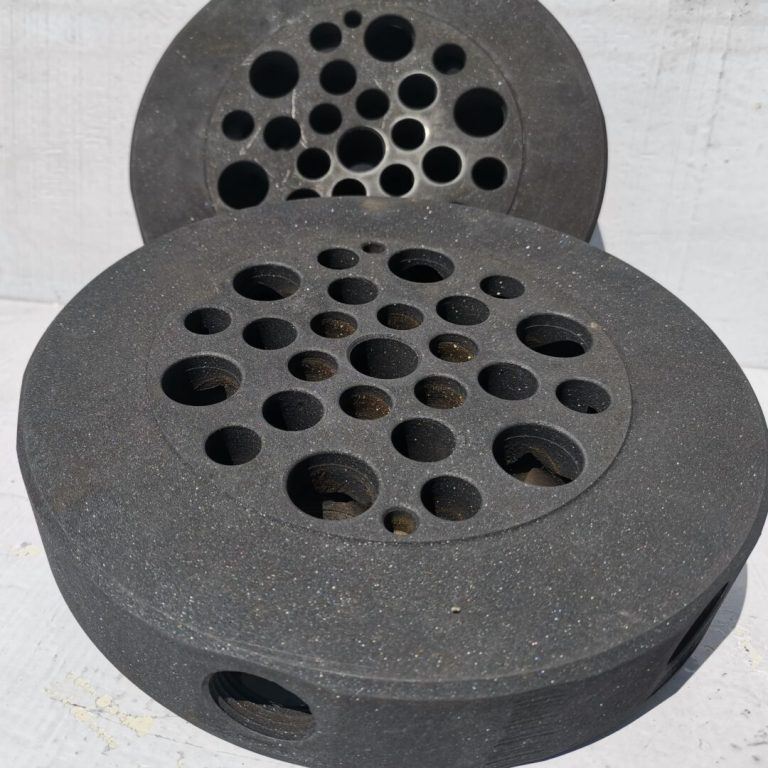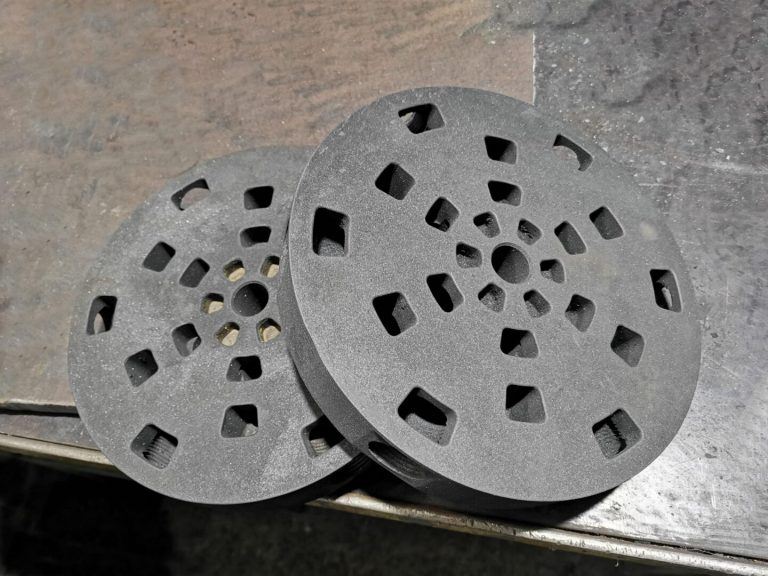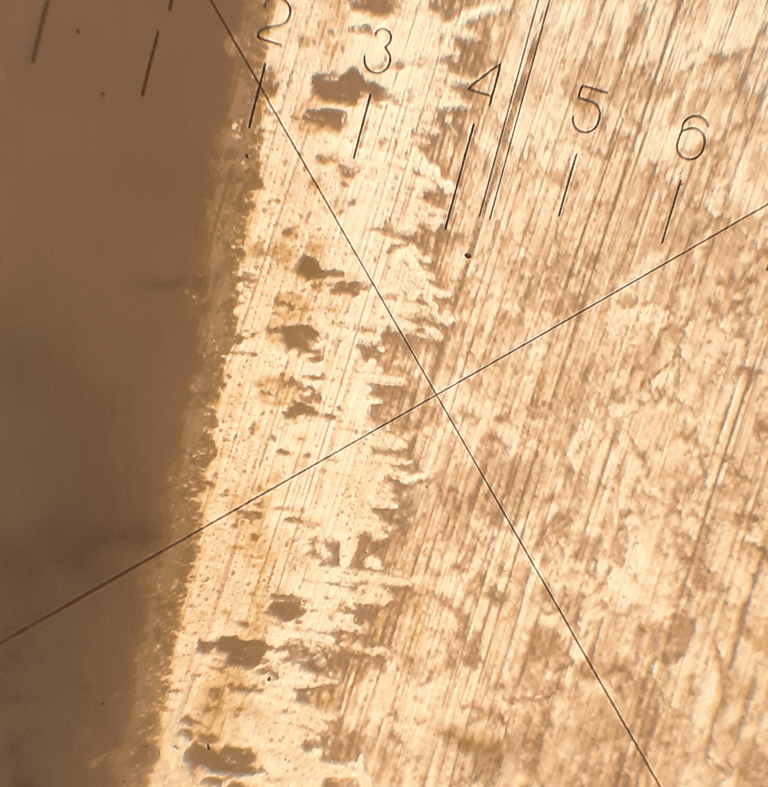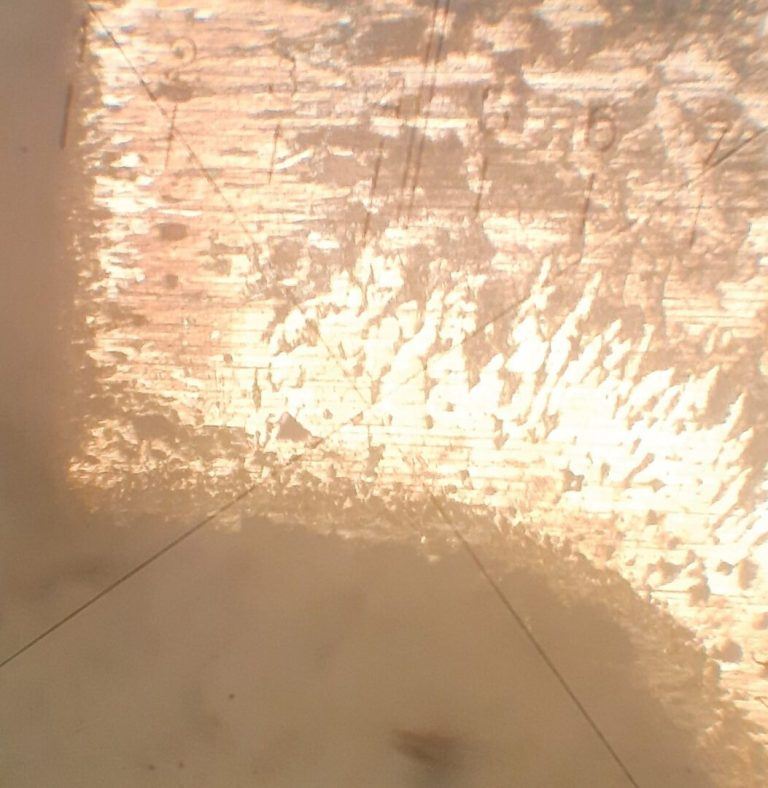Metal boriding
Boriding
Borating is a method of chemical-thermal treatment, the essence of which is to saturate the steel surface with boron.


OUR BORATING CAPABILITIES
Dimensions of workpieces:
– rings, impellers of submersible pumps, flanges, etc. with a diameter of up to 650 mm;
– shafts, parts of injection molds of injection molding machines, bending and molding dies, etc. with a length of up to 650 mm;
Weight of processed parts – up to 50 kg
Dimensions of workpieces:
– rings, impellers of submersible pumps, flanges, etc. with a diameter of up to 650 mm;
– shafts, parts of injection molds of injection molding machines, bending and molding dies, etc. with a length of up to 650 mm;
Weight of processed parts – up to 50 kg
PURPOSE OF BORIZING
The boriding method allows to obtain on the surface the whole list of properties necessary for the operation of products, such as wear resistance, high hardness, corrosion resistance, and also increases the heat resistance (+900-950 °C) and heat resistance (+800 °C).
The saturation process is carried out at temperatures of 870-1150ºC for 4-10 hours. The holding time is selected based on the required thickness of the boride layer. Experience shows that for the vast majority of products, a boride layer with a thickness of 80-150 μm is quite sufficient.
As a result of these processes, a diffusion layer is formed, consisting of borides FeB (on the surface) and Fe2B.


Borating can increase wear resistance by 3-50 times compared to heat treatment and 1.5–15 timescompared to traditional chemical heat treatment methods.
The borated layer has:
- high hardness (1200-2000 HV)
- wear resistance (mainly abrasive)
- corrosion resistance
- scale resistance (up to 800°C)
- heat resistance
The following parts are most often subjected to the borating process:
- track pins
- bearing bushings
- parts of injection molds for die-casting machines
- turbo drill heel discs
- compressor piston pins
(dies, screws, worm shafts, parts of track chains: roller, casing, bushing, axle, etc.)
There are several methods for obtaining a boride coating:
1. Boration in powders in sealed containers
As saturating media in this case, the boriding method can use boron-containing powders, such as crystalline or amorphous boron, into which inert additives are introduced, as well as activators
2. Liquid boriding
There are electrolytic and non-electrolytic
- Electrolytic boriding is carried out in special furnace-baths, with direct current power supply systems and temperature control
- In non-electrolytic boriding, melts based on alkali metal borates are used as a saturating medium, to which electrochemical reducing agents are added
3. Gas boriding
Gas boriding is carried out in special installations due to the decomposition of gaseous boron compounds. Technologically, the process of gas boriding is similar to the processes of
gas carburizing or nitriding.
4. Boriding in paste coatings
This type of boriding is implemented in special pastes based on amorphous boron, as well as additional binding components and activators. Recommended for use when
local boriding is required.
Boriding is a thermochemical treatment of a metal surface, which results in an increase in its hardness and wear resistance. Borating can be performed on steel and other metals, such as axles, disks, chains, track pins, etc.
The boriding process takes place in special installations at temperatures from 800 to 1000 degrees Celsius. As a result of the interaction of boron with the metal surface, a boride layer is formed. It penetrates to a depth of several micrometers and has a hardness of 1800-2200 HB.
The resulting boride layer has high wear resistance, corrosion resistance, high hardness and elasticity. Borating is used in the automotive, aerospace, oil, metallurgy and other industries.
Boriding of axles, disks, chains, track pins is used to increase their wear resistance and reduce the risk of breakage during operation. For example, boriding of disks and track pins is used in the mining industry to increase their service life and improve equipment productivity. Borating is also used in the production of chemical equipment to protect against aggressive environments.
